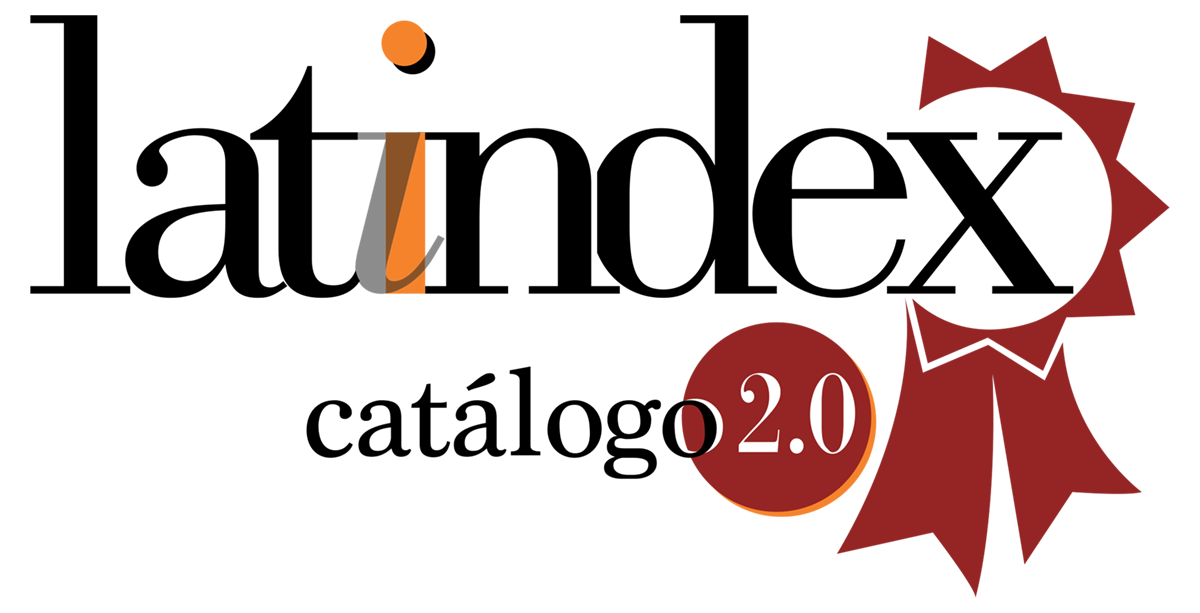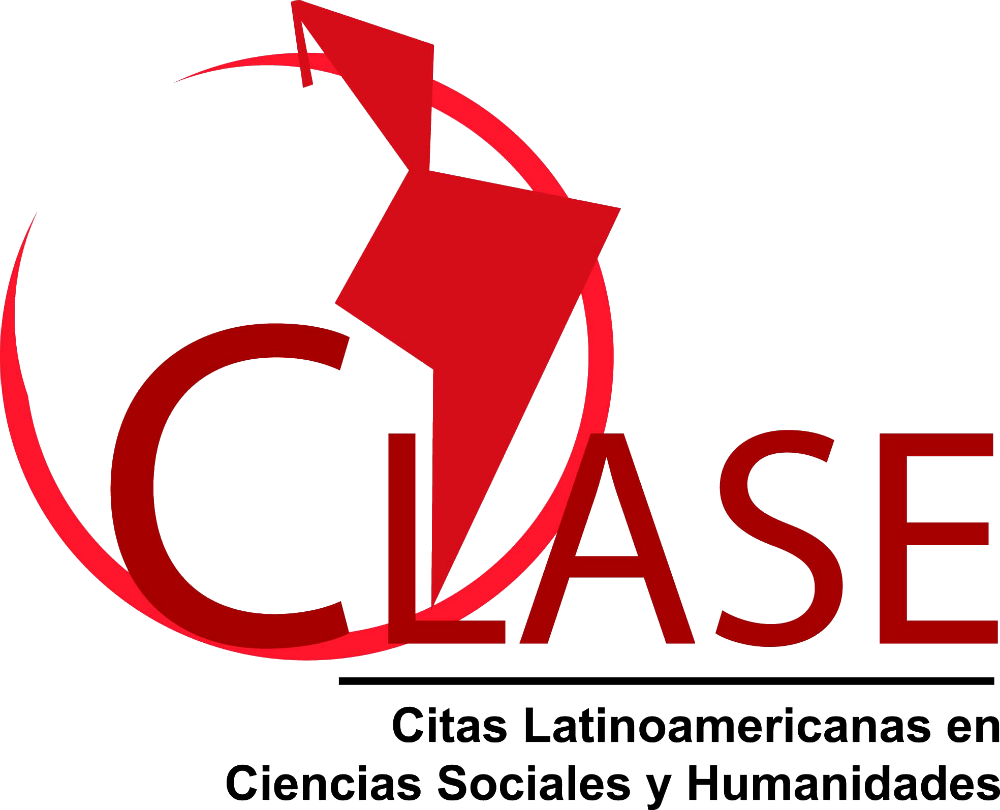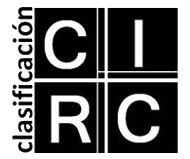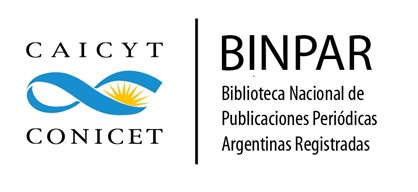Tendencias en la opinión pública en torno al hashtag #Coronavirus
DOI:
https://doi.org/10.24215/16696581e533Palabras clave:
opinión pública, redes sociales, influencers, opinion mining, comunicación para la saludResumen
El objetivo de la investigación fue analizar las tendencias en la opinión pública en torno al hashtag #Coronavirus. Se analizaron variables como el sentimiento (positivo o negativo) en los mensajes, el rol de los influencers, las plataformas más usadas, las fuentes de los mensajes y las principales opiniones de las conversaciones, mensajes o titulares. Se trata de una investigación con un diseño transeccional-descriptivo en el que se capturaron conversaciones de personas en el ciberespacio en torno al hashtag #coronavirus. Se concluye que, en el proceso de formación de opinión en torno al coronavirus, observamos cómo se cumple la teoría de Jensen (2009), ya que el canal que más ha influido es Badabun, del YouTube mexicano con 42,6 millones de suscritos y está orientado a contenidos virales no informativos y asociados a la web.
Descargas
Citas
Bavaresco, A. (2019). Public Opinion and Sensus Fidelium Daimon. Revista Internacional de Filosofía, nº 77, 2019, pp. 7-19. ISSN: 1130-0507 (papel) y 1989-4651 (electrónico).
Brandwatch (2015). Entendiendo el análisis de sentimiento: qué es y para qué se usa. Recuperado el 20-02-20 de: https://www.brandwatch.com/es/blog/analisis-de-sentimiento/ [Brandwatch (2015). Understanding sentiment analysis: what it is and what it is used for].
Dashtipour, K; Gogate, M; Li, J.; Jiang, F; Kong, B y Hussain, A. (2020). A hybrid Persian sentiment analysis framework: Integrating dependency grammar based rules and deep neural networks. Neurocomputing 380 (2020) 1–10.
Dong, Y.; Ding, Z.; Martínez, L. y Herrera, F. (2017). Managing consensus based on leadership in opinion dynamics. Information Sciences 397–398 (2017) 187–205.
Guerrero, M. (2017). Los tuitstars: Líderes de opinión en Twitter. Tesis monográfica. Licenciatura en Periodismo. Facultad de Ciencias de la Educación y de la Comunicación Social. Universidad del Salvador [Guerrero, M. (2017).
Tweets: Opinion leaders on Twitter. Monographic thesis. Degree in Journalism. Faculty of Education and Social Communication Sciences. University of Salvador].
Jensen, K. (2009). The Three-Step Flow. Copenhague: Journalism.
Kandasamya, I., Vasanthaa, W., Obbinenib, J., y Smarandacheca, F. (2020). Sentiment analysis of tweets using refined neutrosophic setsIlanthenral. Computers in Industry 115 (2020) 103180.
Lia, S., Liub, Z. y Lib, Y. (2020). Temporal and spatial evolution of online public sentiment on emergencies. Information Processing & Management Volume 57, Issue 2, March 2020, 102177
Mohseni, A. y Williams, C. (2019). Truth and Conformity on Networks. Erkenntnis: https://link.springer.com/article/10.1007%2Fs10670-019-00167-6
Noëlle-Neumann, E. (1992). La espiral del silencio. Opinión pública: nuestra piel social. Barcelona, Paidós. Recuperado el 25-03-20 de: https://www.infoamerica.org/documentos_pdf/noelle_neumann.pdf
Barcelona, 1995 (capítulos 20 y 21).Nganji, J. y Cockburn, L. (2020). Use of Twitter in the Cameroon Anglophone crisis, Behaviour & Information Technology, 39:3, 267-287, DOI: 10.1080/0144929X.2019.1620333.
OMS-Organización Mundial de la Salud, (s/f). Infecciones por coronavirus. Recuperado el 28 de febrero de 2020 de: http://www9.who.int/topics/coronavirus_infections/es/
Organización Panamericana de la Salud, OPS (2003). Medios y salud: La voz de los adolescentes. Informe regional Unidad de Salud del Niño y del Adolescente Área de Salud Familiar y Comunitaria. Recuperado el 18-02-20 de: http://new.paho.org/hq/dmdocuments/2010/Medios-y-salud--La-voz-de-los-adolescentes.pdf [Pan American Health Organization, PAHO (2003). Media and Health: The Voice of Adolescents. Regional Report, Child and Adolescent Health Unit, Family and Community Health Area].
Páez, A. (2003). La relación jóvenes-TIC: una lectura cualitativa. HOLOGRAMÁTICA – Facultad de Ciencias Sociales – UNLZ - Año III, Número 5, V1 (2006), pp. 41 -54. Recuperado de: www.hologramatica.com.ar o www.unlz.edu.ar/sociales/hologramatica [Paez, A. (2003). THE YOUTH-ICT RELATIONSHIP: a qualitative Reading].
Weishaar, H.; Amos, A. y Collin, J. (2015). Best of enemies: Using social network analysis to explore a policy network in European smoke-free policy. Social Science & Medicine 133 (2015) 85e92.
Descargas
Publicado
Cómo citar
Número
Sección
Licencia
La aceptación de un original por parte de la revista implica la cesión no exclusiva de los derechos patrimoniales de los/as autores/as en favor del editor, quien permite la reutilización, luego de su edición (postprint), bajo una Licencia Creative Commons Atribución-NoComercial-CompartirIgual 4.0 Internacional (CC BY-NC-SA 4.0)
Acorde a estos términos, el material se puede compartir (copiar y redistribuir en cualquier medio o formato) y adaptar (remezclar, transformar y crear a partir del material otra obra), siempre que a) se cite la autoría y la fuente original de su publicación (revista y URL de la obra), b) no se use para fines comerciales y c) se mantengan los mismos términos de la licencia.
La cesión de derechos no exclusivos implica que luego de su edición (postprint) en Question las/os autoras/es pueden publicar su trabajo en cualquier idioma, medio y formato; en tales casos, se solicita que se consigne que el material fue publicado originalmente en esta revista.
Tal cesión supone, también, la autorización de los/as autores/as para que el trabajo sea cosechado por SEDICI, el repositorio institucional de la Universidad Nacional de La Plata, y sea difundido en las bases de datos que el equipo editorial considere adecuadas para incrementar la visibilidad de la publicación y de sus autores/as.
Asimismo, la revista incentiva a las/os autoras/es para que luego de su publicación en Question depositen sus producciones en otros repositorios institucionales y temáticos, bajo el principio de que ofrecer a la sociedad la producción científica y académica sin restricciones contribuye a un mayor intercambio del conocimiento global.

















































